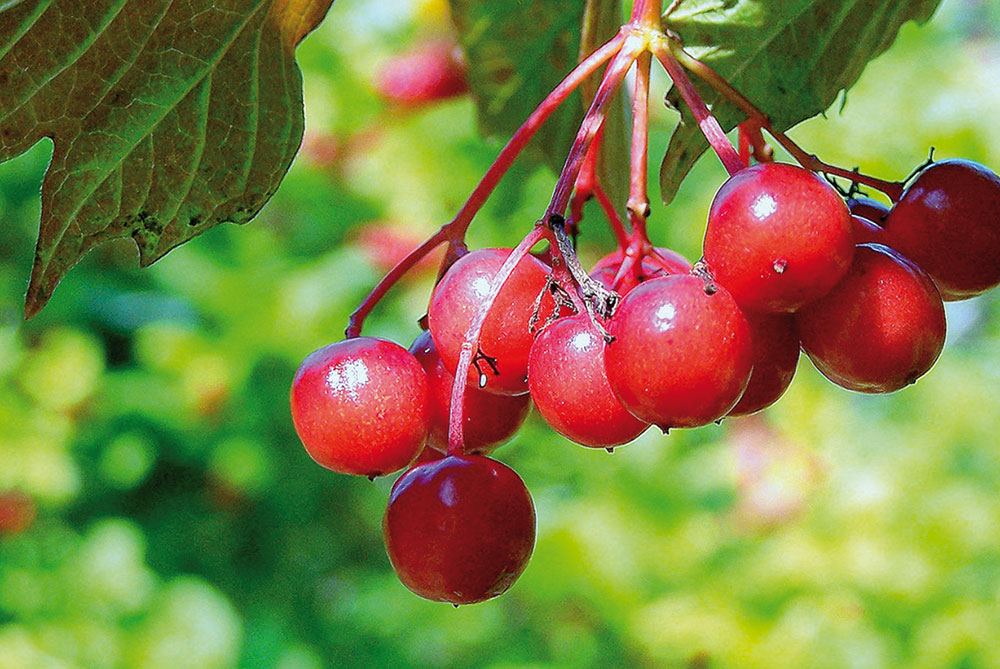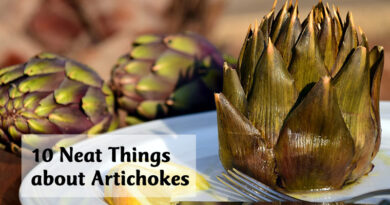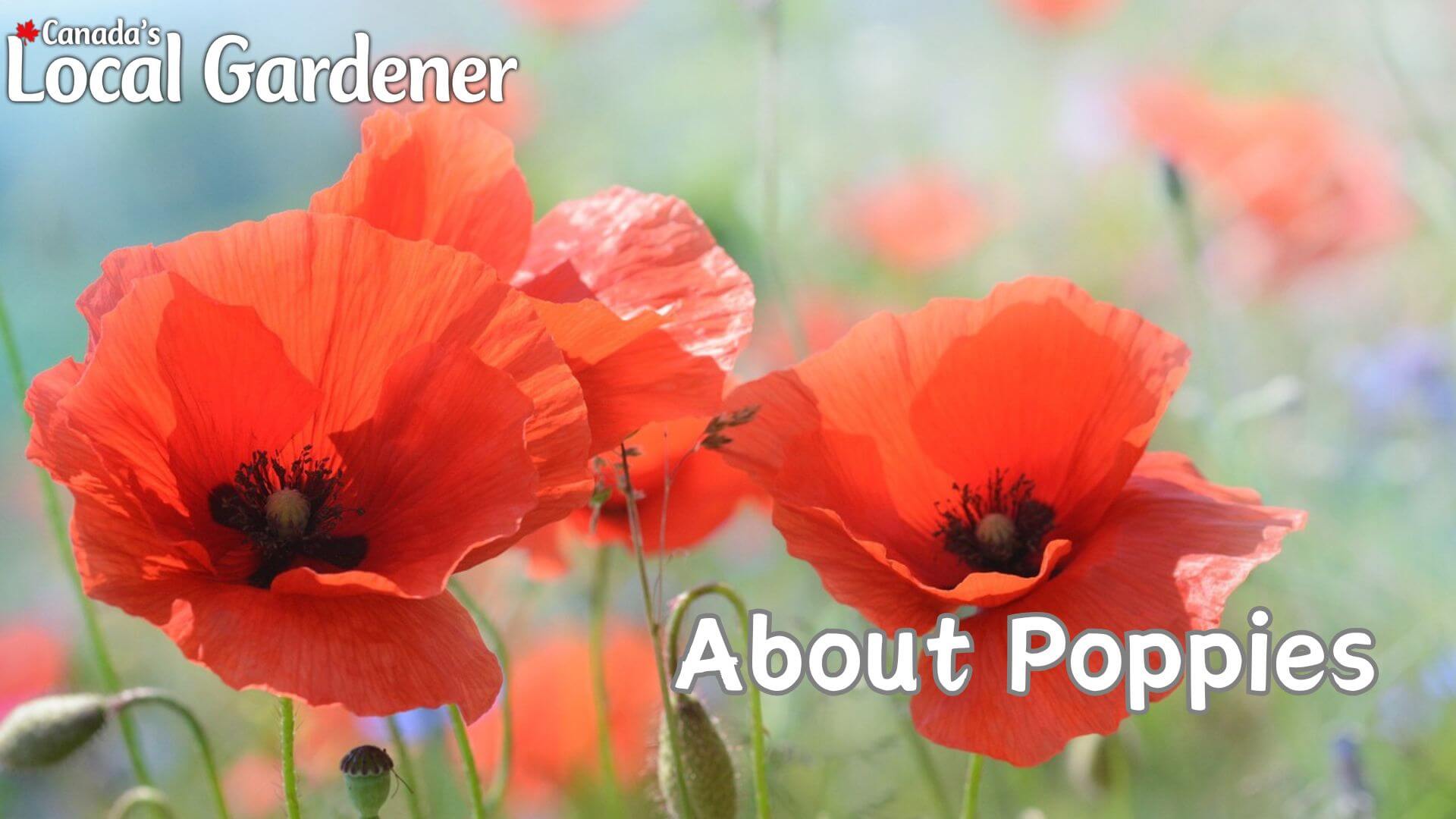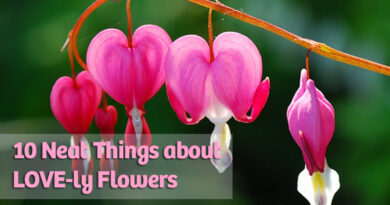Cranberries

Lowbush cranberry
The lowbush cranberry (Vaccinium macrocarpon) is a North American plant, related to the blueberry, that grows naturally in eastern Canada and in B.C. in bogs and swamps. They are also grown commercially. They do not, however, grow in water as is commonly believed and in fact need good drainage to thrive. They are instead, harvested in water by commercial growers, who flood the bogs to make harvesting easier.
It likes a very rich, acidic soil and the evergreen foliage turns bright red in autume.
American, European and Mountain are the most commonly used by commercial growers and one-third of the fruit is made into juice. A high percentage of the remainder is dried.

Highbush cranberry
Highbush cranberries (Viburnum trilobum) can be found nearly everywhere in Canada. The berries were used by the First Nations in pemmican and as a dye for clothing. The berries are very high in vitamin C. Because it has a large seed in the centre, the fruit is usually used in some sort of processed product. Settlers used highbush cranberries to makes jellies and juice. They are also used to make a liqueur.
Berries are sweetest after the first frost but have the highest pectin levels before that frost if you are planning on making jelly.
The bark and leaves contain a bitter chemical called viburnine, which was boiled and used in a tea to ease pain and as a sedative.
Highbush cranberry is also a very useful ornamental shrub with maple leaf shaped leaves and pretty clusters of white flowers in spring and a bright red fruit also in clusters that persist for a long time into winter. The leaves range from deep scarlet to purple and bronze in autumn.






